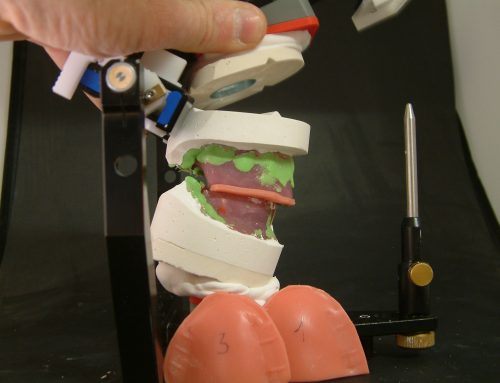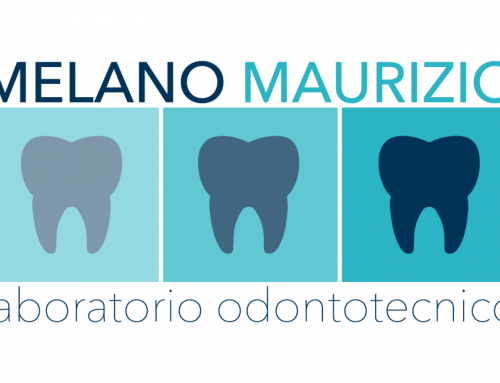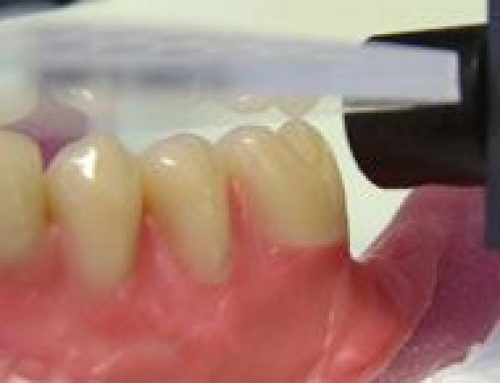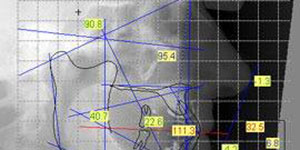
Cephalometric tracing
The cephalometric tracing is a test that is often used in orthodontics, but not so much in prosthesis.
Following Professor R. Slavicek’s technique, this test becomes very important as it can give us very important parameters for the realisation of our prosthetic products, both if it regards fixed or removable prosthesis, plates, etc.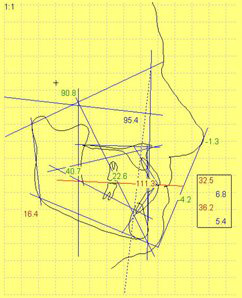
We create a real plan that will allow the dental technician and the clinician evaluating and establishing many useful parameters for the work realisation in the respect of each patient’s skeletal values, so that we can realise a right and functional prosthetic product. As generally regards the prosthesis we can establish with the cephalometric tracing the correct occlusal plane, the teeth position and, very important, the correct vertical dimension within which we can build our prosthesis without causing deficits to the patient. In fact the cephalometric tracing operates as a satellite navigation system that will give us the information about that patient within which we can operate in order to create our product. It will therefore help us to work easily and safely because we are supported by clinical and not empirical analysis.
For the realisation of a cephalometric tracing, we can use classical and digital lateral x-rays; it’s important that the patient, if edentulous, wears his old prosthesis or a temporary prosthesis with some landmarks (reference points) or, if dentulous, that he is in the highest intercuspation position.
The cephalometric tracing is a test that we can do with a little experience within ten minutes or delegate it to external practices with a small expense.



